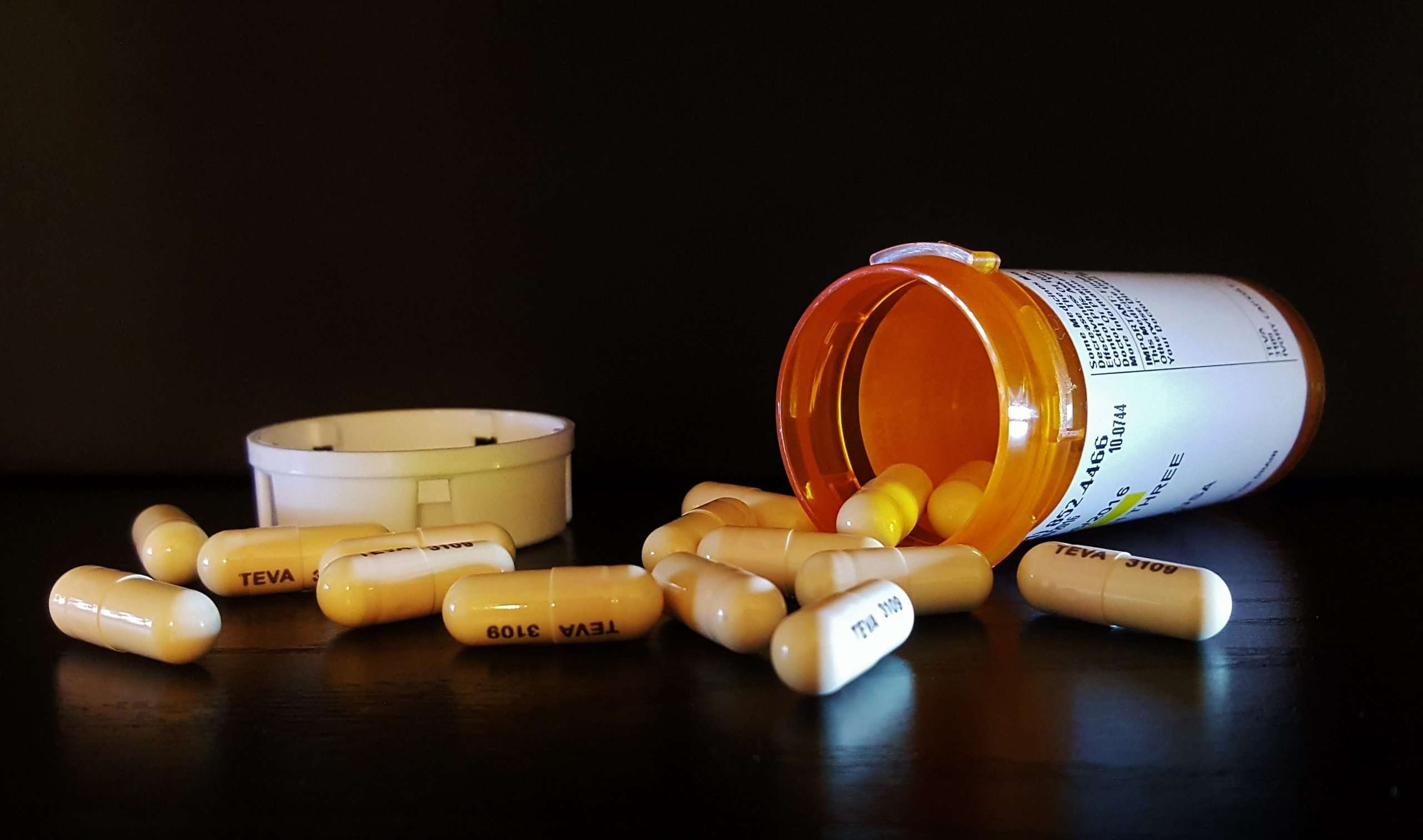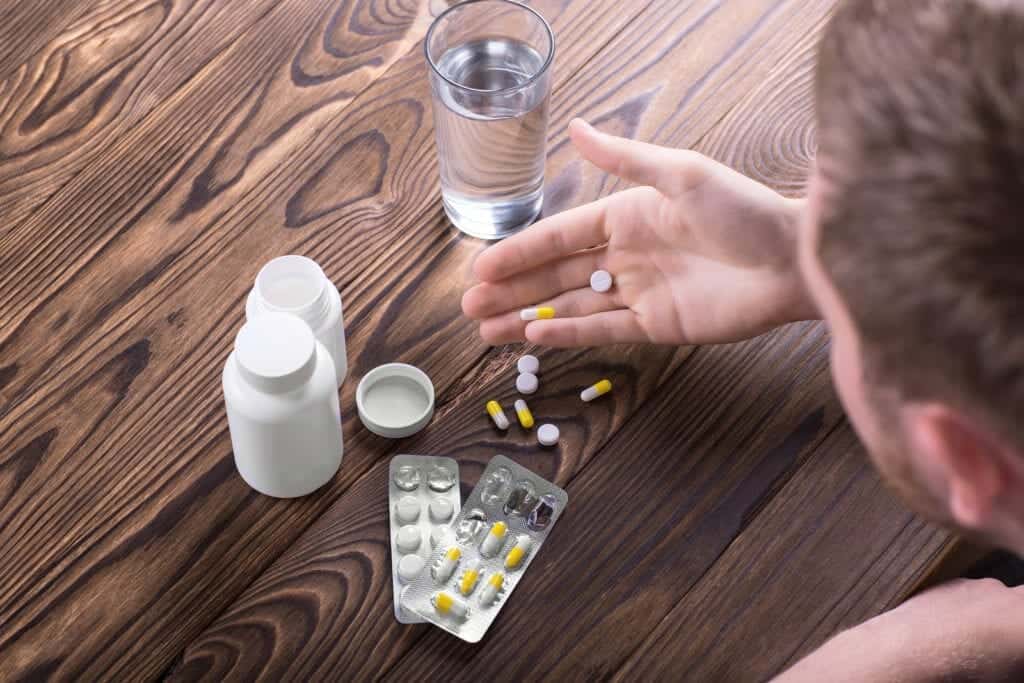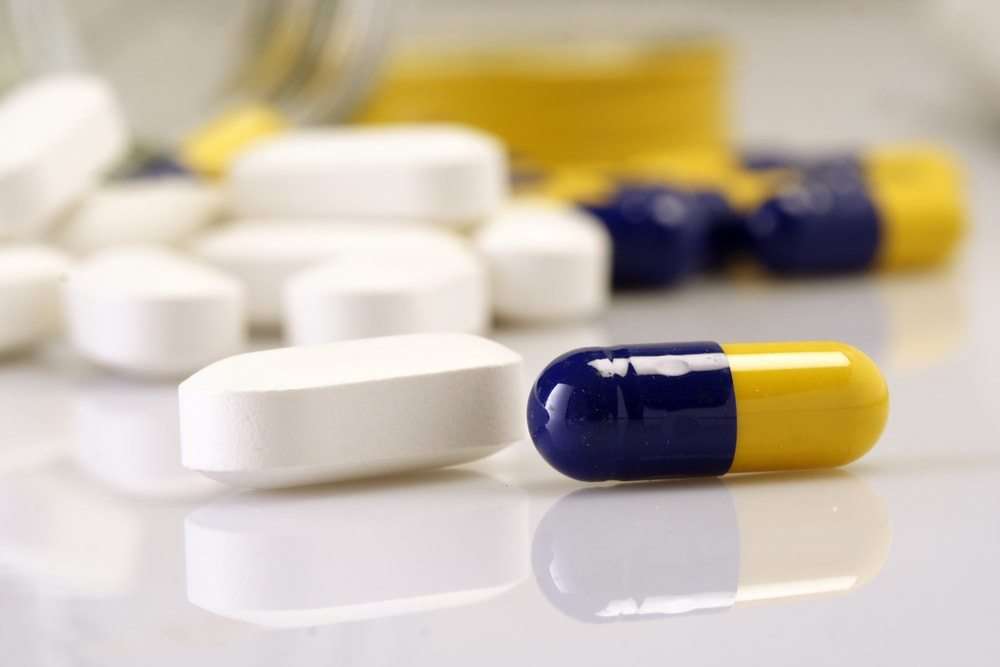Get Busy And Find Things In Your Life You Love
Find something that you love and passionate about, and motivates you to stay healthy, and mentally and emotionally in shape. It could be a sport, artistic endeavor, traveling, or personal relationship.
Boredom or feeling bored is a dangerous emotion for people. It can lead to feelings of anger, depression, irritability and unhealthy behaviors such as drinking and smoking.
Hobbies are a good way to unwind and relax. The dangers of stress are well documented and hobbies are an effective outlet for this. Finding interesting things to do is a wonderful way to give life a purpose. If you deeply care about the things you love and gives your life a sense of purpose, you are less likely to sabotage them by experimenting with illicit drugs
Can Opioids Be Taken Responsibly
Opioids are an effective painkiller and should be used appropriately, and to do so, the patient needs to take a level or responsibility for their medical care. If you are going to have a medical procedure, you should have a conversation with your physician about pain control.
Ask questions like:
- You are prescribing me this many tablets. Do I really need these?
- What is your strategy for pain control?
- What options do I have other than an opioid to help control my pain?
Stay Away From Peer Pressure
Research has shown that teenagers and young adults are a group of people that easily influenced by friends and peers into drug and alcohol abuse. Peer pressure can play a significant as these group of people believes that experimenting with illicit drugs or consuming alcohol will make them more popular and appear confident among their peers. As people get older, the influence of peer pressure lessens, but it can still have a negative impact on peoples behavior.
Positive peer pressure can also be a force for positive change. If an individual belongs to a group that encourages and supports recovery from illegal drugs and alcohol addiction, then it can encourage them to make positive changes in their lives.
Recommended Reading: How To Get Out Of Drug Addiction
A Recent Study Indicated That Only Approximately 20% Of Adults With Oud Receive Treatment12 Is This Low Rate Of Oud Treatment Also Found In The Chronic Pain Population
Dr. Alford: I think the low number of individuals with OUD who are in treatment is irrespective of whether or not they have chronic pain, but rather has more to do with patients perception of whether or not they need treatment, lack of geographic access to treatment centers, and lack of financial access/health care coverage .
Negative attitudes toward medications used to treat addiction are also an issue. Sometimes I will hear people say, I dont believe in methadone, as if it is a religion. Evidence-based research has shown the efficacy of these medications. Like any other treatment for any other chronic disease, some patients will benefit and others will not. There is robust, high-quality research to show that medications used to treat OUD save lives, and we need to remember that.
Who Is At Risk Of Opioid Addiction

As noted, anyone can become addicted to opioids. But these drugs are most addictive when they are used by methods other than prescribed. For example, crushing, snorting, or injecting opioids can be life-threatening practices because they can rapidly deliver a very large dose of the medicine, resulting in an accidental overdose and death. Taking more opioids than the prescribed dose or taking it more frequently than prescribed also increases the risk of addiction.
Another factor that plays a role is the length of time for which a person takes the prescribed opioids. Research has shown that if a patient takes opioids for more than a short course of five days, the risk that they will still be on opioids a year later increases significantly. Notably, an addiction can develop quickly after just a few weeks or after many years of opioid use.
Other factors both genetic and environmental also play a role in opioid addiction. For example, a young age, mental health problems like depression or anxiety, poverty, unemployment, a personal or family history of substance abuse disorders, and a risk-taking personality can increase the risk of developing an opioid addiction problem.
Gender also plays a role. Women are at higher risk of opioid addiction for several reasons. One, women are more likely than men to have chronic pain and be prescribed opioid medications. Two, women may be biologically more prone to pain pill addiction than men.
Read Also: Do You Have An Addictive Personality
Who Is At Risk For Opioid Addiction
Anyone who uses opioids is at risk for developing an addiction. The best way to prevent an addiction is to avoid all illegal drugs. Only use prescribed painkillers as recommended by medical professionals.
While opioid use is a choice, some factors may increase a risk of addiction. People with a family history of drug dependence and those who grow up in certain social or economic situations can be more at risk. People who abuse alcohol or other drugs, or who have a mental illness, have an increased risk of opioid dependence.
What Other Treatments Help With Pain
In addition to drugs, there are a variety of complementary and alternative approaches that may provide relief. Talk to your doctor about these treatments. It may take both medicine and other treatments to feel better.
- Acupuncture uses hair-thin needles to stimulate specific points on the body to relieve pain.
- Biofeedback helps you learn to control your heart rate, blood pressure, muscle tension, and other body functions. This may help reduce your pain and stress level.
- Cognitive behavioral therapy is a form of short-term counseling that may help reduce your reaction to pain.
- Distraction can help you cope with acute pain, taking your mind off your discomfort.
- Electrical nerve stimulation uses electrical impulses to relieve pain.
- Guided imagery uses directed thoughts to create mental pictures that may help you relax, manage anxiety, sleep better, and have less pain.
- Hypnosis uses focused attention to help manage pain.
- Massage therapy can release tension in tight muscles.
- Mind-body stress reduction combines mindfulness meditation, body awareness, and yoga to increase relaxation and reduce pain.
- Physical therapy uses a variety of techniques to help manage everyday activities with less pain and teaches you ways to improve flexibility and strength.
Read Also: How To Stop Bad Addictions
Treatment For Opiate Addiction
There are many treatment options to choose from, but research suggests the most effective form of treatment for Opiate addiction is inpatient detox followed by inpatient rehab. Inpatient rehab centers have specialized programs for individuals suffering from this type of substance use disorder. These programs help patients dig deep within themselves to uncover the root cause of their drug use. Knowing what caused patients to use drugs or alcohol in the first place will help prevent future triggers while in recovery.
Many individuals quickly find that the rewards of progressing through a treatment program far outweigh the high they formerly gained from drug use.
Effective forms of therapy used during treatment often include cognitive behavioral therapy, individual and group counseling, and 12-step programs.
Featured Centers Offering Opiate Addiction Treatment
- About
Jeffrey Juergens earned his Bachelors and Juris Doctor from the University of Florida. Jeffreys desire to help others led him to focus on economic and social development and policy making. After graduation, he decided to pursue his passion of writing and editing. Jeffreys mission is to educate and inform the public on addiction issues and help those in need of treatment find the best option for them.
Clinically Reviewed:
Theresa Parisi
- About
All of the information on this page has been reviewed and verified by a certified addiction professional.
Are Patients With Oud More Sensitive To Pain
Dr. Alford: We know from experimental studies that patients with a history of OUD tend to be more sensitive to pain or less tolerant of pain than those without an addiction history.5-11 The question is what came first: Were they born with an altered and susceptible opioid receptor system and, therefore, were more likely to develop the addiction when they took a prescription opioid or heroin? Or was it their drug use over time that changed their pain receptors in such a way that now they are less able to tolerate pain? These questions remain unanswered.
The bottom line is that patients with a history of OUD seem to experience pain in a more intense way than do people without an addiction history. It is especially important that people with a history of addiction not feel stigmatized and that they be reassured that their pain will be aggressively managed despite their addiction history. While opioid analgesics may not be appropriate for some patients with an addiction history, we still need to use other strategies to aggressively relieve their pain and suffering.
See also a review of a recent study on the infuence on anxiety on patient OUD/MAT outcomes.
Also Check: How To Stop Drug Addiction On Your Own
About Orthomolecular Treatment At Alternative To Meds Center
Immediately on arriving for treatment, one crucial beginning step is to identify what supplements are needed to benefit the healing process. Using plant-based, non-addictive nutritional elements provides the body with what it needs to begin to normalize healthy neurochemistry after the chaos and disruption of addiction. At the completion of inpatient treatment, clients can purchase a supplement protocol to continue to support the healing process once they return home. During the program, classes are given to explain the essential functions of nutrition, especially in recovery. Clients also learn how to use food and a clean diet to support a healthy microbiome, which is integral but often overlooked when neurotransmitter repair is the goal.
The intestines are called the second brain. Intestinal health is vital for healthy and robust neurotransmitter function since the gut produces most of the hormones used by the brain and CNS. Addiction disrupts and hijacks the regular roles of hormones and can result in dysfunctional brain chemistry, and a polluted body. There are many treatments during the program that assist these undesirable conditions, such as colon hydrotherapy, low-temperature sauna, chelation, cultured foods at every meal, mineral baths, bentonite clay packs, nutrient-dense diet, etc. Toxin removal is essential to ensure the gut is functioning efficiently, enabling the absorption of nutrients fully.
Effects Of Painkiller Addiction
The effects of prescription painkiller abuse and addiction can lead to devastating consequences for those who abuse them. Prescription drug abuse can leave virtually no area of an addicts life unscathed. Effects will range from mild to severe depending upon individual genetic makeup, frequency of use, length of abuse, and other factors. Most common effects of prescription painkiller abuse include:
- Social isolation
- Inability to quit using prescription painkillers despite multiple attempts to cut down or stop using
- Joblessness
- Increasing physical consequences of prescription painkiller abuse
- Seizures
Withdrawal Effects
Read Also: Is Drug Addiction Grounds For Divorce
Helplines Online Resources And Support Groups
The national helpline for SAMSHA is 1-800-662-HELP . Individuals who call this number can receive 24/7 information regarding treatment referrals for pain pill addiction and other ailments. This service provides referrals to local treatment facilities, support groups, and community-based organizations. Callers can also order free publications and other information, according to SAMSHA.
- The National Drug Helpline also provides similar information and resources to those who are struggling with addiction. The helpline is available 24/7 and the number is 1-844-289-0879.
- Narcotics Anonymous provides meetings and services to those who may be facing addiction.
- The National Institute on Drug Abuse provides extensive links to organizations and resources that can help those who are facing addiction.
- PublicHealth.org offers open access to journals and learning materials regarding addiction, as well as links to professional and research organizations that are studying the issue.
- The American Academy of Addiction Psychiatry also provides links to several resources that can help individuals facing addiction, as well as their friends and families.
Why Do People Become Addicted To Opioids

Opioids can make your brain and body believe the drug is necessary for survival. As you learn to tolerate the dose youâve been prescribed, you may find that you need even more medication to relieve the pain or achieve well-being, which can lead to dependency. Addiction takes hold of our brains in several ways â and is far more complex and less forgiving than many people realize.
Read Also: How To Treat Addiction To Drugs
What Are Withdrawal Symptoms
People who take prescription pain medications every day for a long time can develop drug dependence. This can be a psychological and physical dependence. Opioid dependence means when a person stops using an opioid drug after heavy or prolonged use, their body goes through withdrawal. The symptoms can range from mild to severe and even be life-threatening.
Withdrawal symptoms are the bodys reaction to the discontinuation of opioid drugs. They do not occur due to mental weakness or lack of willpower. Withdrawal symptoms in people with an opioid use disorder can include agitation, anxiety, muscle aches, insomnia, abdominal cramping, nausea, vomiting, and runny nose.
Opioid withdrawal symptoms can be dangerous. No one should attempt to quit using opioid drugs cold turkey. Doctors can help people with substance abuse disorders come off a drug gradually to avoid discomfort during drug withdrawal.
Use Medication Only As Prescribed By Your Doctor
Prescription drug abuse is considered one of the biggest public health threats. Many patients are misusing drugs to self-medicate their pain. Many people who become addicted to opioid pain medication find themselves turning to heroin because it provides a similar high but is often easier and cheaper to obtain.
You May Like: What Drugs Are Psychologically Addictive
Treatment Centers And Clinics
There are numerous treatment centers and clinics where individuals facing opioid addiction or abusing prescription drugs can receive treatment. It is important to remember that all cases of pain pill addiction are not the same. Some may be more or less severe, resulting in different types of treatment.
The Hazelden Betty Ford Foundation notes that treatment itself for conditions like pain pill addiction can include a variety of items and strategies, including nutritional planning, mental health services, and medical detox. Types of rehabilitation and facilities themselves, according to the foundation, can include inpatient clinics that are staffed around the clock day treatment, where an individual receives treatment throughout the week intensive outpatient programs, where a person receives an extensive amount of care and programming and continuing care, which can just be for a few hours each week.
These types of treatments and facilities may be covered by health insurance. The U.S. Department of Health and Human Services offers resources and information that can help individuals learn whether or how much their insurance may cover the treatment.
Try Alternative Treatments To Relive Your Pain
This is particularly important if you suffer from intractable, chronic pain that lingers for more than a few weeks. The longer you take painkillers, the more likely it is that you will develop an addiction. Some alternative therapies that may provide relief include acupuncture and acupressure, meditation, exercising, application of cold or heat, and taking non-narcotic painkillers.
Also Check: How Long Does It Take To Get Addicted To Percocet
Taking Painkillers Can Lead To Opioids Addiction
Being free of pain is an important part of healing and recovery from drug addiction. To help you heal, your doctor may prescribe pain-relieving medication to block pain signals to your brain. These medications are in a class of drugs called opioids. While this medication can help you feel better more quickly, it can also cause you to become dependent on, or even addicted to it. Talk to your doctor often about your pain and your medications.
My Oxycodone Addiction Begins
To make a long story short, on payday after a stressful week, I really felt like chilling out on some oxycodone.
After making a few texts, my friend Shannon said she could get some oxycodone for me and introduce me to her dealer/friend.
45 minutes later
I had oxycodoneand lots of it.
I crushed up the oxycodone and sniffed some with my friend Shannon, and both of us felt absolutely awesome. All of my stress, loneliness, anxiety, fatigue, and existential angst melted away just seconds after snorting a line of oxycodone powder.
And on top of that, I had ENERGY for the first time in months!!!
Recommended Reading: How Long Does It Take To Overcome An Addiction
What Are Opioid Drugs
Opioids are a group of drugs that are used for pain management. Some opioids, such as morphine , are derived from the opium plant. Other opioids are man-made in laboratories . Synthetic and semi-synthetic opioids like oxycodone and hydrocodone have a chemical structure similar to the opioids that are naturally derived from the opium plant.
An opioid drug provides pain control by interacting with opioid receptors in the body. When the medication binds to an opioid receptor, it blocks pain signals. Opioids also trigger the release of endorphins, which are feel-good chemicals in the brain. This creates temporary but powerful feelings of pleasure and wellbeing. While this allows an opioid drug to relieve pain, it also makes the medication highly addictive.
Why Are Prescription Pain Medications Dangerous

If you take opioid pain medication for an extended period to treat long-term pain, the body slows the natural production of endorphins. As a result, the same dose of opioid medications stops producing those strong feelings of wellbeing over time. A person then needs a higher dose to get the same effects. This is known as tolerance and is the first step in drug abuse. People who develop tolerance can feel driven to increase to high doses to keep feeling good.
Don’t Miss: Is My Son Addicted To Video Games
